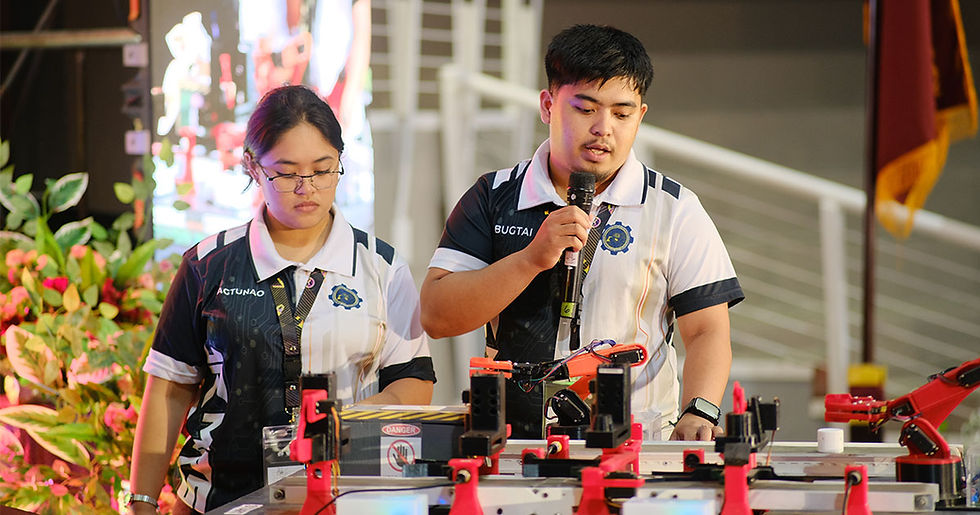Preparing (not planning) for the Future
- Field Ready

- Jan 9, 2019
- 3 min read
When establishing the Scouting movement, Sir Baden Powell devised a brilliant motto “Be Prepared.” For more than a century, this has provided good stead for millions of Scouts. Many, however, stress the importance of planning instead.
There is a tendency, sometimes even a “default position,” toward planning for planning sake. This is based on a belief that the future can be predicted and controlled. After all, this is a standard “manager’s approach” that works well in the right situations. It assumes stasis and linearity. It is typified in detailed strategic plans, the kind that lasts for years. In product development, it is seen in the “waterfall” approach. In travel, it is the itinerary. In architecture, it is the blueprint.
But there are many situations that defy this common mindset. These situations, especially emergencies and disasters, are typified by their high levels of volatility, uncertainty, complexity and ambiguity, planning isn’t always possible. In fact, it can be detrimental where it seeks to control, be comprehensive and limit the challenges posed by ambiguity and change. So we need to rely on good, old-fashioned preparation.
This leads to a few questions we ask ourselves: If we’re really prepared, do we need to plan every detail (i.e., can our planning make it so that the “perfect is the enemy of the good”)? Conversely, if we aren’t really prepared, are we able to effectively deal with rapid change, ambiguity and unknowns that are ever present in the field? What if a situation changes rapidly and an assessment’s data is no longer correct? If we’re prepared, we can easily respond and make a real difference.

To ensure that we’re always prepared, we follow a few basic tenets:
We start with the right mindset: Disasters are by their very nature hard to predict. But can be dealt with through preparedness. We often think in nonlinear ways and use systems that anticipate change. This idea is also captured by the tool known as the Eisenhower Matrix, popularized by Stephen Covey. In that framework, the quadrant that is important but not urgent focuses on preparation so that when something is both urgent and important it can be dealt with effectively. Simply put, we “expect the unexpected.”
We train, have actionable guidelines and flexible systems: We have an effective and growing emergency response capacity staffed by professionals and volunteers from a diverse set of backgrounds. This team is vetted and undergoes immersive training that stresses working in constantly changing situations of high ambiguity. The Field Ready approach they learn is easy to understand and simple to implement. Checklists and other tools help ensure consistency but also don’t constrain how our teams work.
We encourage creativity and disagreement: We orientate our management toward the “field” (this in our name after all). This is based on high levels of trust. We follow ways of working that emphasize constant feedback and improvement (e.g., kaizen and lean methods are two examples). Our weekly calls allow those close to the action go first while the rest of us listen for ways we can provide support. If someone is working on an idea in one program while someone else in another program can offer a counter idea, it is discussed. Others not immediately connected might be consulted as well. In the end, the “cream rises to the top” and the best ideas win. This would be next to impossible to plan from the start so instead we are prepared to work this way throughout.
We do strategic planning in a modern way: Instead of a detailed strategic plan, we have a long-term “roadmap” which is put together through a consultative process and in a way that leaves it as a “living document.” This follows Winston Churchill who was to have said: “Plans are of little importance, but planning is essential.” This prepares us to be responsive to change, adopt new technologies and ways of working, and pivot when appropriate.
To see more about how we work, please get involved and order Managing Humanitarian Innovation: The Cutting Edge of Aid (Practical Action 2018).

_edited.png)




Comments